General introduction
Retinaldehyde RAL CAS 116-31-4 is also called vitamin A aldehyde, which is a derivative of retinol after oxidation, and its molecular formula is C20H28O. Orange crystals (precipitated from petroleum ether). There are six known stereoisomers, of which the all-trans form is the most stable, and its structural formula is shown in the overview diagram. Melting point is 61~64℃. Insoluble in water, soluble in ethanol, chloroform, cyclohexane, petroleum ether and oil. It was originally isolated from the retina, and then produced by the oxidative breakdown of β-carotene. Its physiological effects are related to vision, and it is generally believed that it can cause rapid cis-trans isomerization under the action of light. Retinaldehyde is the prosthetic group of rhodopsin. In visual cells, 11-cis retinal and opsin form visual pigment. 11-cis retinal absorbs light and isomerizes to all-trans retinal, which changes the conformation of rhodopsin and initiates the brain Nerve impulses to form vision. During the decomposition and resynthesis of rhodopsin, a part of retinal is consumed, which is mainly supplemented by vitamin A in the blood.
Specification
Item |
Specifications |
Appearance |
Yellow to orange powder |
Assay, % |
98.0 min |
Solubility (5mg/ml Acetonitrile ),% |
Yellow,clear |
Application
Used for anti-wrinkle, anti-aging and anti-acne skin care formulations, the recommended dosage is about 0.05% ~ 0.15%.
Packing
100g/bottle under ice temperature



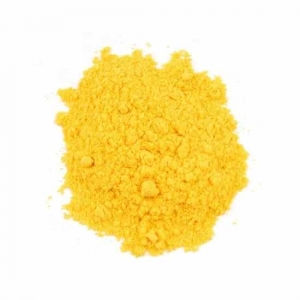
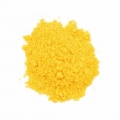
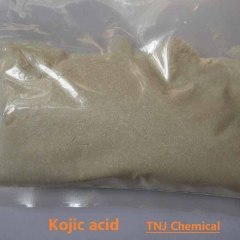
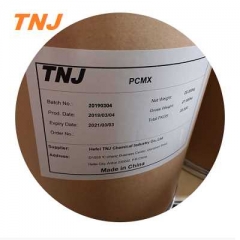
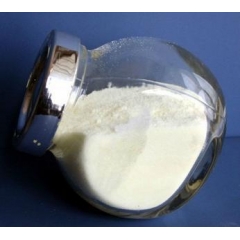
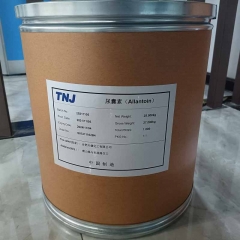
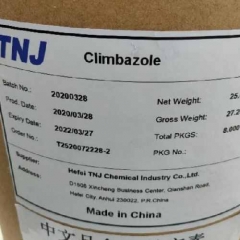
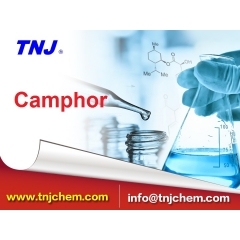
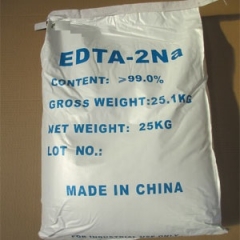

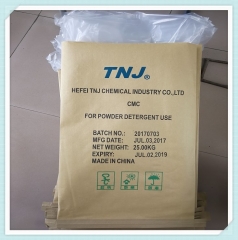
 chemical.tnj
chemical.tnj +8618949823763
+8618949823763 tnjchem
tnjchem 2881500864
2881500864